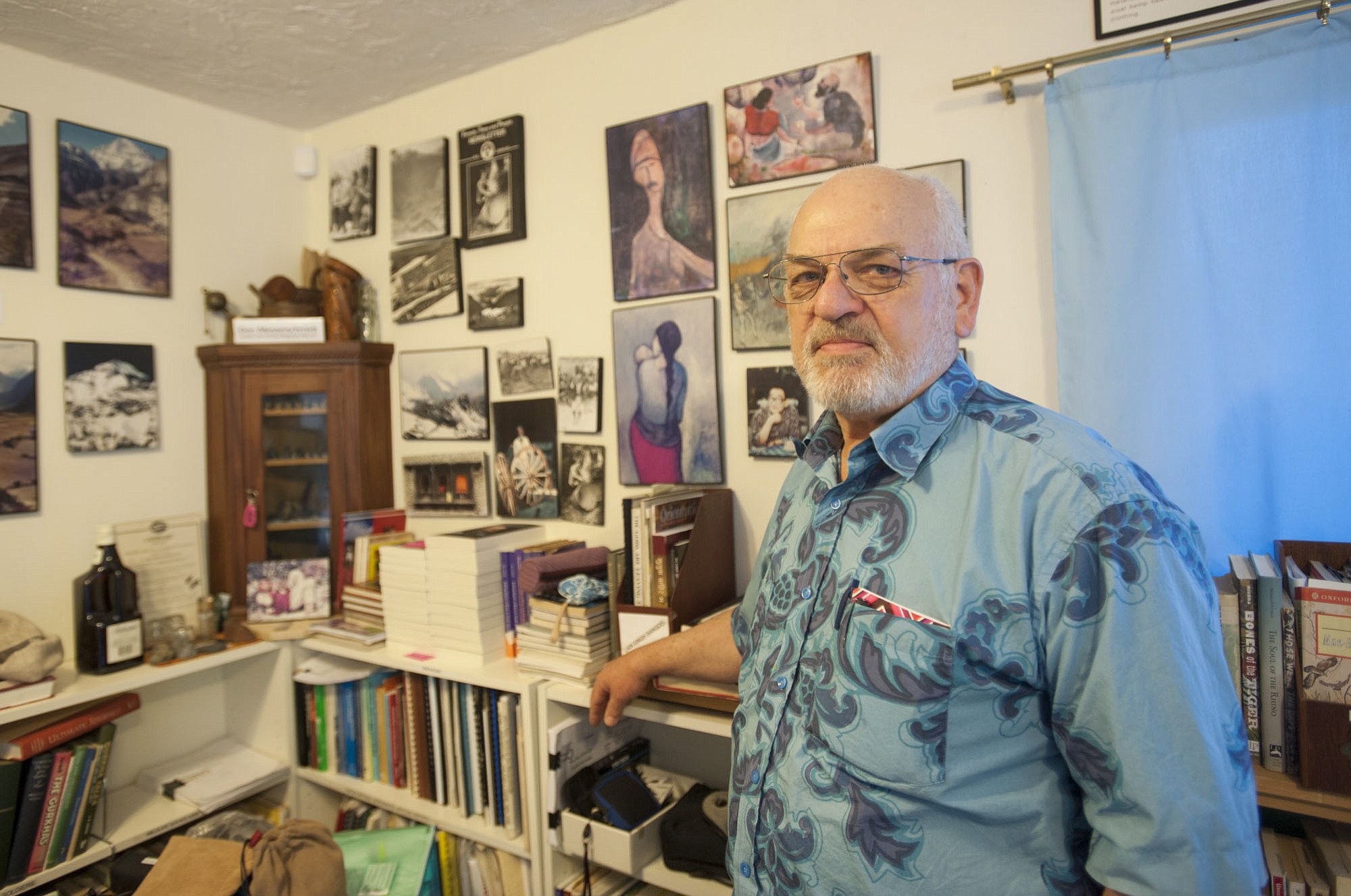TO HELP: www.gorkhafoundation.org
Since 1963, Don Messerschmidt has gone to Nepal in a lot of different capacities, starting as a Peace Corps volunteer.
He’s worked in Nepal as a teacher, anthropologist, forestry consultant, trekking guide and journalist.
Now he’s preparing to return in a new role: witness to resilience.
Messerschmidt’s destination is the Gorkha District, which was the epicenter of the April 25 earthquake. It’s near the region where the Peace Corps sent Messerschmidt and a teammate more than 50 years ago. He is a board member of the Gorkha Foundation, a small nonprofit that supports community projects in the district.
It was founded to support a community hospital that had been established by members of a Christian church group. They fled during the 1990 Maoist insurgency, and the Gorkha Foundation was organized because the hospital “was too important to fail,” Messerschmidt said. Since then, outlying care sites called health posts have been set up in Gorkha, one of 75 districts in Nepal.
Broad losses
The foundation also supports schools and offers microcredit for women to buy goats, cows and chickens, and support their families by selling meat, milk and eggs.
“The earthquake destroyed all the schools, knocked down most of the health posts and killed the livestock,” Messerschmidt said. “The hospital is OK. It has some cracked walls, but it is packed with casualties.”
Before taking off, the Cascade Park resident has spent a lot of time on the phone. He’s been lining up resources — money as well as people — to help the district’s 271,000 residents rebuild their shattered towns. And that’s not just a figure of speech. He cited one example, a village whose 300 or 400 houses were built of stones held together by mud. “Ten or 11 are still standing,” he said.
Continuing danger
The region continues to be hit by aftershocks and avalanches.
The people of Gorkha will rebuild, Messerschmidt is confident of that. But they will need money, as well as some modern building expertise. You don’t want to build a school on a slope that will slide away, he said.
Even without slide potential, it’s challenging terrain.
“Some places are too steep to land helicopters,” he said. “The houses are built on terraces that are hundreds of years old.”
As he works with the foundation to support recovery efforts, Messerschmidt also will resume another of the roles he’s filled in Nepal.
“I’m a writer and photographer. I’ll be gathering stories about the resilience of these people,” the 73-year-old Vancouver man said. “The minute after the shaking stopped, people were working, helping each other.
“I want to find a family, or a neighborhood, that started digging out on Day 1, and in six months, follow it up,” he said. “In October, I’ll be back to lead a trek to the Gorkha District and do a retrospective: How has it played out?”
Messerschmidt hasn’t heard of any friends or contacts in Nepal being killed in the quake. However, “I have friends who lost relatives in Kathmandu,” the nation’s capital, he said.
Contact with outlying areas has been harder to establish.
“I’m sure I know people in villages — people I’ve had tea with — who have died.”




